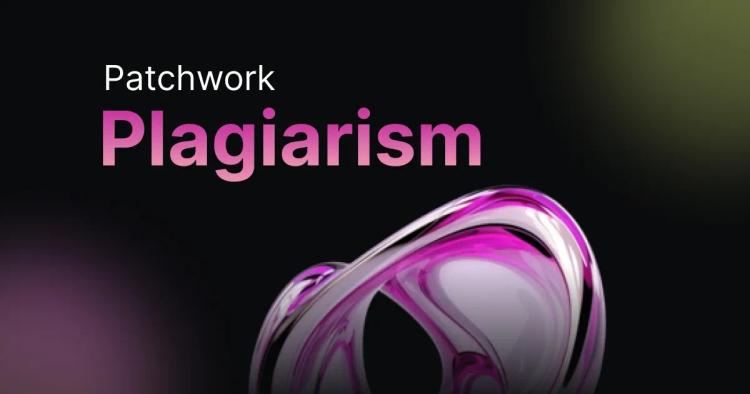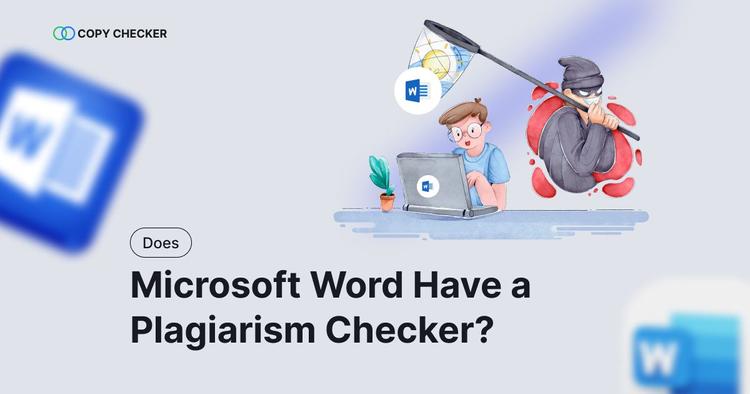If you’ve ever published content online, submitted a paper, or reviewed a freelance writer’s work, you’ve probably used a plagiarism checker. But now that tools like ChatGPT and Claude are everywhere, another category of tool has entered the spotlight: AI content detectors.
These two types of tools might sound like they do the same thing—check if your content is truly original—but they’re built for completely different purposes. Knowing the difference matters more than ever.
This guide breaks down plagiarism checkers and AI detectors. We’ll look at how they work, when to use each, and which tools actually deliver reliable results.
ᴀᴅᴠᴇʀᴛɪsᴇᴍᴇɴᴛ
What Is a Plagiarism Checker?
A plagiarism checker is designed to find matches between your content and previously published material. It checks for matches across the internet, academic databases, and proprietary sources.
Plagiarism checkers are used in education, content publishing, SEO writing, and compliance reviews to identify unoriginal works that may have been copied intentionally or unintentionally.
These duplicate content checker tools work by breaking your text into segments and scanning for similarities across a vast index of existing documents.
While older versions used simple algorithms to check for exact matching texts, more tools are more advanced. They use machine learning algorithms to detect all types of plagiarism - from paraphrasing plagiarism to patchwork plagiarism.
They use semantic matching, fingerprinting, and shingling techniques to go beyond exact word matches and catch content too that may not match exactly one-to-one, but are clearly copied.
What Is an AI Content Detector?
An AI detector, on the other hand, is built to analyze the writing style and predict whether a piece of text was generated by artificial intelligence. So, it detects non-human writing and content.
The recent boom in generative AI and tools like chatGPT, Google’s Gemini and the wild-card entry of DeepSeek’s models have flooded the internet with AI generated content.
Let’s just say that some aren’t the best content out there. So, AI detectors are seeing a rise in popularity.
It doesn’t only search the web for matches like a plagiarism checker does. Instead, it analyses and evaluates the probability of something likely created by ChatGPT or other large language models. This is based on patterns in sentence structure, word choice, and complexity.
Human writing is nuanced, and does not always follow a pattern. This phenomenon is crucial for these tools to work. AI detectors look at how predictable the writing is and how varied the sentence structure feels. If it feels too formulaic and dry, chances are it was written by AI.
ᴀᴅᴠᴇʀᴛɪsᴇᴍᴇɴᴛ
The Core Difference: Detection Method and Use Case
At the core, plagiarism checkers and AI detectors analyze texts in different ways for different purposes.
A plagiarism checker checks whether the writing or content is original or not. It has a large database of existing texts which it compares any given piece of text against.
Whereas, as an AI detector, machine learning uses machine learning to make an educated guess about authorship based on statistical writing patterns.
If you’re publishing content and want to make sure it hasn’t been copied from elsewhere, use a plagiarism checker. If you want to verify that something was written by a human, especially in academic or hiring settings, you’ll need an AI content detector.
Can Plagiarism Checkers Detect AI Content?
The short answer is no - plagiarism checkers are not designed to detect AI-generated text per se unless they also check for AI generated content specifically too. They’re looking for content that already exists online or in databases.
AI-written content often produces entirely original text that hasn’t been published anywhere. This means it can pass a plagiarism check in many cases.
However, AI generated content is also considered plagiarism since it’s not your original work. That’s why more schools, universities, and publishers are now pairing plagiarism checkers with dedicated AI detection tools.
How Accurate Are AI Detectors?
No tool is perfect. AI detectors still face challenges, especially with content that blends human and AI writing. False positives and false negatives are common.
Plagiarism checkers are more established and generally reliable when it comes to detecting copied material. Advanced plagiarism checkers use advanced algorithms so false positives are less of a worry.
However, AI detector accuracy is constantly improving. But you should not rely on these tools blindly. Even chatGPT will tell you not to. Log into chatGPT right now. You’ll notice it tells you that results aren’t always accurate.
AI detectors use stylistic and linguistic cues to score the likelihood of the content being machine-written. So, at its core it’s simply predicting and giving you a score based on that.
ᴀᴅᴠᴇʀᴛɪsᴇᴍᴇɴᴛ
Should You Use a Plagiarism Checker or an AI Detector (or Maybe Both)?
So, should you use a plagiarism detector or an AI detector?. Yes. Alright, we’ll give you a real answer. As it is with many things - it depends.
Since plagiarism checkers and AI detectors fundamentally do different things, which one you use will depend on why you’re using these tools in the first place.
If you're writing an essay for school and want to check it’s plagiarism free you should be using a plagiarism checker. But if you’re a teacher checking a student’s essay, you should use a plagiarism checker.
Now, this is where things get blurry. Students are already using LLMs to do their school work. In this case, as a teacher you also want to check whether the student wrote the essay themselves, or not. So, naturally you’ll also run their essay through an AI Detector.
Using AI is not isolated to students. Tools like chatGPT are in use even in work places. For SEO writers and agencies, using both tools ensures compliance with originality policies and helps maintain content quality.
Frequently Asked Questions
Can plagiarism checkers detect AI writing?
No. Plagiarism checkers look for copied content, not AI-generated text. AI content often passes plagiarism checks because it’s technically original.
Is AI-generated content considered plagiarism?
Not necessarily. AI-generated content is often original but may still violate academic or editorial guidelines if it’s not disclosed or properly reviewed.
Which is more accurate: plagiarism checker or AI detector?
Plagiarism checkers are more accurate at detecting duplication. AI detectors are still evolving and should be used with human review.
What’s the best free tool for detecting plagiarism and AI?
You can use CopyChecker for plagiarism, and GPTZero for AI detection. Originality.ai is another option but requires a paid plan.
ᴀᴅᴠᴇʀᴛɪsᴇᴍᴇɴᴛ
Conclusion
Plagiarism checkers and AI detectors serve different purposes. Plagiarism checkers find duplicate content, and AI detectors predict if text was machine-written.
In today's content landscape, using both gives you the best protection. Whether you're a student, editor, or publisher, combining these tools ensures your content is original and authentic.







